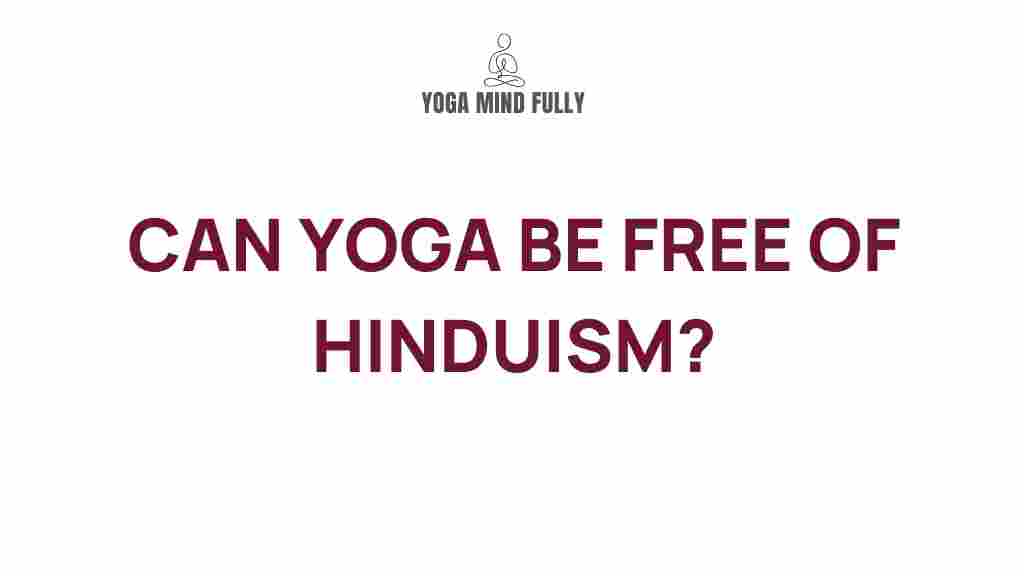The History and Origins of Yoga
Yoga, a timeless practice, is more than a form of physical exercise; it’s a profound journey into the mind, body, and spirit. Its origins are steeped in ancient history, offering insights into humanity’s quest for inner harmony and self-discovery. But where did this fascinating practice begin, and how has it evolved over the centuries? Let’s delve into the captivating story of yoga.
Understanding the Roots of Yoga
The origins of yoga can be traced back over 5,000 years to the Indus Valley civilization, a thriving ancient culture located in modern-day India and Pakistan. Archaeological evidence, such as seals depicting figures in meditative postures, suggests that early forms of yoga were practiced as a spiritual discipline.
Yoga’s foundational principles were deeply intertwined with the spiritual and philosophical texts of ancient India, particularly the Vedas and Upanishads. These sacred writings emphasized meditation, breath control, and the pursuit of enlightenment as central to the practice of yoga.
The Evolution of Yoga Across Eras
As yoga evolved, it went through several transformative phases, each contributing to its rich and diverse tradition:
- Vedic Yoga: Rooted in ritualistic practices and hymns, Vedic yoga emphasized unity with the divine.
- Classical Yoga: Defined by Patanjali’s Yoga Sutras, this era formalized yoga’s philosophy into the eightfold path, or Ashtanga Yoga.
- Post-Classical Yoga: This period focused on physical and spiritual well-being, giving rise to practices like Hatha Yoga.
- Modern Yoga: Today, yoga is practiced globally, blending ancient traditions with contemporary needs for health and mindfulness.
The Eight Limbs of Yoga
Patanjali’s Yoga Sutras outlined the eightfold path, or Ashtanga Yoga, which serves as the backbone of yoga philosophy:
- Yama: Ethical disciplines.
- Niyama: Personal observances.
- Asana: Physical postures.
- Pranayama: Breath control.
- Pratyahara: Withdrawal of senses.
- Dharana: Concentration.
- Dhyana: Meditation.
- Samadhi: Blissful absorption.
These principles remain integral to modern yoga, offering a structured path to self-improvement and enlightenment.
Yoga’s Cultural and Spiritual Significance
Yoga is more than a physical practice; it’s a holistic discipline that integrates physical, mental, and spiritual well-being. Historically, it was a tool for sages and ascetics to achieve self-realization and spiritual liberation. Today, yoga continues to inspire millions to find balance in their lives.
Moreover, yoga has been recognized by UNESCO as an intangible cultural heritage, emphasizing its enduring influence on global culture. Its ability to bridge physical health and mental clarity makes yoga an invaluable tool for navigating the challenges of modern life.
Practical Tips for Starting Your Yoga Journey
Embarking on a yoga journey can be both exciting and transformative. Here are some practical steps to get started:
- Set Clear Intentions: Determine your goals, whether it’s improving flexibility, reducing stress, or achieving spiritual growth.
- Choose the Right Style: Explore different yoga styles such as Hatha, Vinyasa, or Kundalini to find one that suits your needs.
- Find a Qualified Instructor: A knowledgeable teacher can guide you through postures and techniques safely.
- Create a Dedicated Space: Designate a quiet area in your home for practice.
- Start with Basics: Focus on foundational poses and breathing exercises before advancing to complex sequences.
For more insights on how to practice yoga effectively, check out our beginner’s guide to yoga.
Common Challenges and How to Overcome Them
While yoga offers immense benefits, beginners may face challenges such as:
- Lack of Flexibility: Yoga is about progress, not perfection. Modify poses to suit your body’s capabilities.
- Difficulty Focusing: Practice mindfulness techniques to enhance concentration.
- Inconsistent Practice: Set a routine and stay committed, even if it’s just 10 minutes a day.
Remember, yoga is a journey of self-discovery. Embrace the process and be patient with yourself.
The Global Impact of Yoga
Today, yoga transcends cultural and geographical boundaries. It’s a global phenomenon embraced by diverse communities for its ability to enhance well-being. From yoga retreats in Bali to International Yoga Day celebrated worldwide, this ancient practice continues to thrive.
For a deeper understanding of yoga’s impact on global wellness, explore this insightful article from an authoritative source on yoga.
Conclusion
Yoga’s origins and evolution tell a story of humanity’s enduring quest for balance, harmony, and self-awareness. From its ancient roots in the Indus Valley to its modern-day resurgence, yoga remains a testament to the power of inner transformation. Whether you’re drawn to yoga for its physical benefits, spiritual depth, or mental clarity, it offers something for everyone.
Begin your yoga journey today and unlock the profound mysteries of this ancient art. Remember, yoga is not just about touching your toes; it’s about touching your soul.
This article is in the category Myths & Facts and created by YogaMindFully Team
